The magnificent “Mount Everest" is the highest mountain on our planet. It is a majestic beauty wrapped in absolute awe, intrigue, mystery and wonder. Its peak is 8,848 meters (29,029 ft) above sea level. It has been 60 years since Sir Edmund Hillary and Tenzing Norgay made history as the first human beings who reached the summit of Mount Everest. The desire to climb the mighty mountain still continues to surge among the mountaineers. In a year now, more than 600 people reach the summit of Everest, which is about half of the numbers who attempt it. But to climb the world’s tallest peak, it takes unimaginable endurance, courage and strength as well as lot of money. Also, it risks your life as it is potentially deadly undertaking due to the extreme altitude, avalanches, icefalls etc. It has seen both glory and failure.
Though Everest has countless stories of triumph and heroism, it has just as many tales of tragedy and suffering. Last week, I came across this movie “Dark Side of the Mount Everest” and was totally shocked when I came to know about the horrific tales of the majestic mountain. It signifies the dark and potentially deadly aspects of mythic quests and the spirit of adventure.
Here we’ll go through some dark and stimulating facts about this ultimate peak which are sure to give you a different and shocking perspective on this iconic mountain.
-
Frozen dead bodies are scattered across the mountain
There are more than 250 dead bodies on Mt. Everest buried under snow, frozen in time of climbers who lost their lives to see the top of the world. Despite new technologies, strong, lightweight equipment and weather systems, there is still a high chance to die. According to the latest statistics, for every 100 successful Everest summits, seven people die. When someone dies on Everest, especially in the death zone (portion of mountain above 26,000 feet), it is almost impossible to retrieve the body. The weather conditions, the terrain, and the lack of oxygen makes it difficult to get to the bodies. Even if they can be found, they are usually stuck to the ground, frozen in place.One of the most popular corpses climbers get to see on Mt. Everest is that of Tsewang Poljar, better known as Green Boots. The corpses on Mt. Everest serve as guides for climbers and as warnings that the mountain isn't so forgiving.
-
Human Traffic On Everest
The human traffic on Everest keeps increasing every year. The reason for this is that the mountain can only be climbed for a few weeks, usually in May every year. Due to this queues are now a familiar sight on the summit. The high number of climbers on the mountain is causing heaps of trouble to other climbers, as it's making the climb to the top a lot harder. The long queues at the top make people wait in the extreme cold and more susceptible to frostbite. Also, a lot of bottled oxygen gets wasted during the wait behind the slow-moving traffic.Waiting in line in such horrible conditions is dangerous. It was also reported that four people passed while waiting in line for the summit. The long lines have been a wake-up call to the guides and sherpas of the mountain, and they have tried to add better safety measures since.
-
Climate Change Is Unpredictable
Every year, Everest is getting more and more unstable in terms of climate. According to Kent Clement, a professor of outdoor studies at Colorado Mountain College, climate change is possibly the most imminent risk for climbers. The majority of recent Everest fatalities are linked to avalanches and earthquakes. As the temperatures rise, Everest’s thousands of feet of ice and water are becoming unstable, making the mountain even more volatile.The wind speed on Everest can climb up to 200mph, while temperature ranges from about 10 degree Celsius to -25 degree Celsius , with frequent blizzards and white-outs. If the weather or visibility is poor, climbers are strongly advised to wait at Base Camp for clearer conditions, which may take days.
-
High Altitude disturb the basic Human Biology
“Everest”, the movie in 2015 quoted “Human beings simply aren't built to function at the cruising altitude of a 747. Our bodies will be literally dying. And I mean literally dying.” The quote clearly signifies the dangers of altitude at Everest.A number of deaths on Everest have been the result of altitude sickness: when humans struggle to adapt to the low oxygen levels at high altitudes, usually above about 10,000ft (3,000m). In high altitude, oxygen doesn’t diffuse into a climber’s blood as well as it would at sea level. This leads to serious medical problems. Most cases of altitude sickness are mild and result only in headaches, nausea, mood swings or dizziness. However, if left untreated, altitude sickness can cause cerebral or pulmonary edema, which are often fatal. Climbers could even suffer permanent brain damage even if they make it to the summit and back down.
-
Dangers of Avalanches
An avalanche is a sudden drastic flow of snow pouring down a mountain side. Avalanches have also been a lethal threat to climbers. In 2014, an ice and snow avalanche killed 16 sherpa guides on the southeastern face of Everest. It was the deadliest disaster on the 8,850-m (29,035-ft) Mount Everest and shocked the global mountaineering community. The following year, a magnitude-7.8 earthquake triggered an avalanche that wiped out South Base Camp, claiming at least 18 people lives.Nepalese officials and sherpas have expressed their concern over the increased risk of avalanches, advising visitors never to leave the designated routes to the summit. The authorities have also warned pilots not to fly within restricted areas over Everest that are sensitive to vibrations given off by jet engines and helicopter rotors. Global warming will continue to increase the frequency of avalanches on Everest.
-
There's a lot of garbage on the mountain
Everest accumulates around 50 tons of trash every year. Every year hundreds of climbers try to scale the peak and these climbers get rid of their belongings on the way to make their luggage lighter. From broken tent frames to used oxygen canisters to food wrappers, a lot of things are left all along the route up the mountain, along with many of the frozen, half-buried corpses of the failed climbers.Chinese and Nepali authorities even tried to solve this problem by implementing a specific rule. All climbers must bring down their garbage (at least 8 kilograms). Otherwise, they must pay the $4000 fine. But as survival is the only one thing climbers think about on Everest, the amount of $4000 is not so much compared to the cost of the whole travel.
-
Khumbu Icefall-Most Deadliest Section
Of all the sections of the Everest, the Khumbu Icefall is considered the most dangerous one. It’s a river of ice that is melting and moves several feet a day. This melting makes the icefall highly unstable and dangerous and challenges mountaineers from all around the world. The icefall is famous for the use of ladders to cross open crevasses and vertical ice.According to the mountain research institutes in the world, the combination of the effects of global warming and greater human activities due to continuing popularity of Everest, the Khumbu Glacier is melting and becoming more challenging for fixed line climbing. There are times when a lot of people stand in queues here, including climbers, climbing Sherpa guides and Camp II staff ascending and descending between Advance Base Camp and Camp via the Khumbu Ice fall.
-
The extraordinary cost for the recovery of body
It is almost impossible to retrieve the body from the mountain but many still try it. A lot of expedition companies send Sherpas for the recovery of corpses from the harrowing parts of the mountain.In 2016, an Indian climber, Gautam Ghosh died in the death zone of the Everest. One year later, 12 Sherpas were deployed to retrieve the climber’s corpse. It took four hours to chip his mummified body out of the ice and 28 hours for the whole operation. The high-risk expedition cost about $92,000 to his family.
Before climbing Mt. Everest, climbers are asked if they want their body to be retrieved if they die midway. If climbers do want their bodies returned, they have to pay a hefty fine of $30,000 or more. The price tag can reach upward to $70,000. It’s risky and expensive and it’s extremely dangerous for the Sherpas to recover the bodies from the mountain.
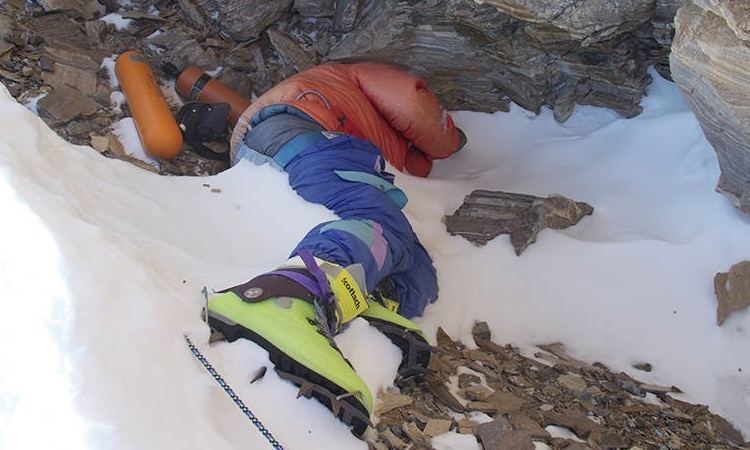
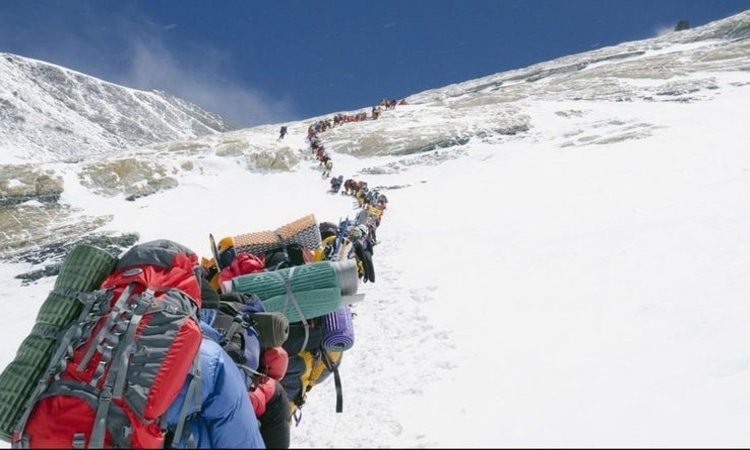

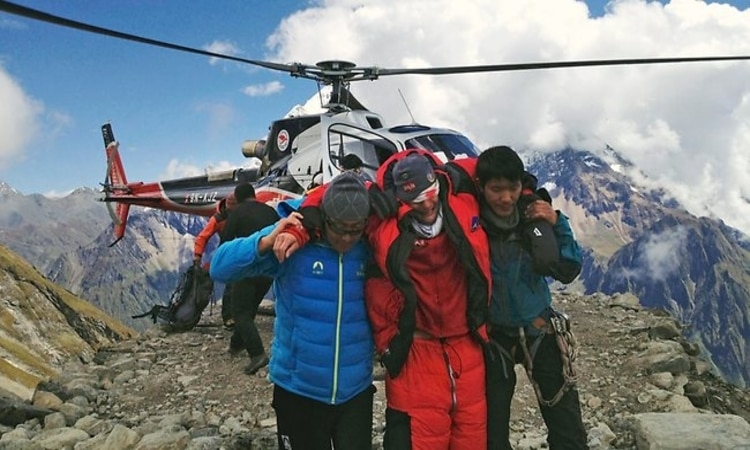
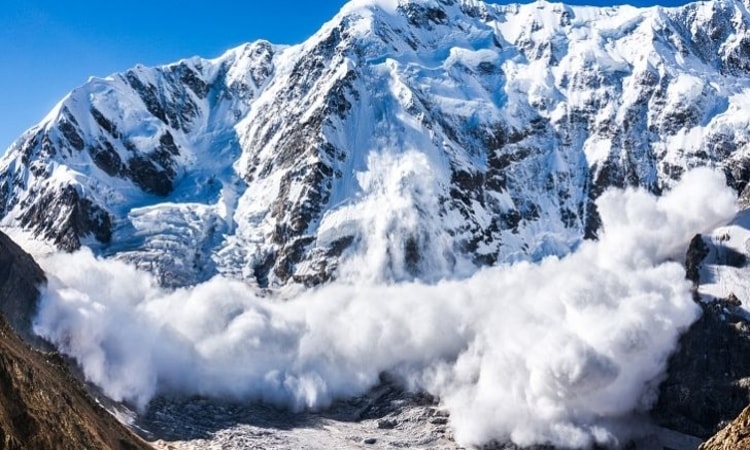
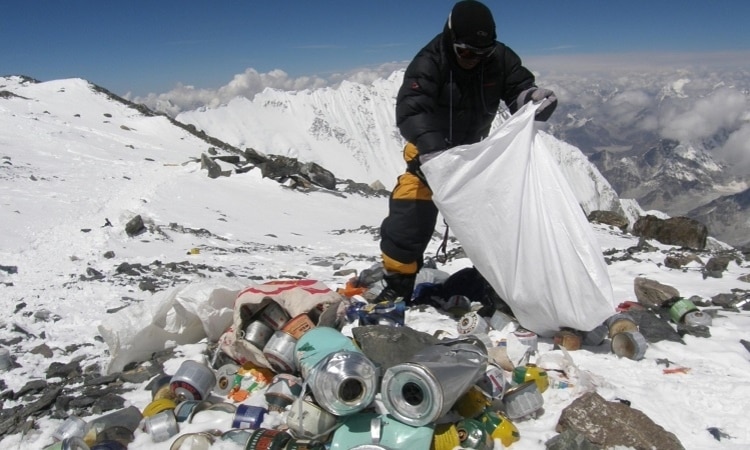
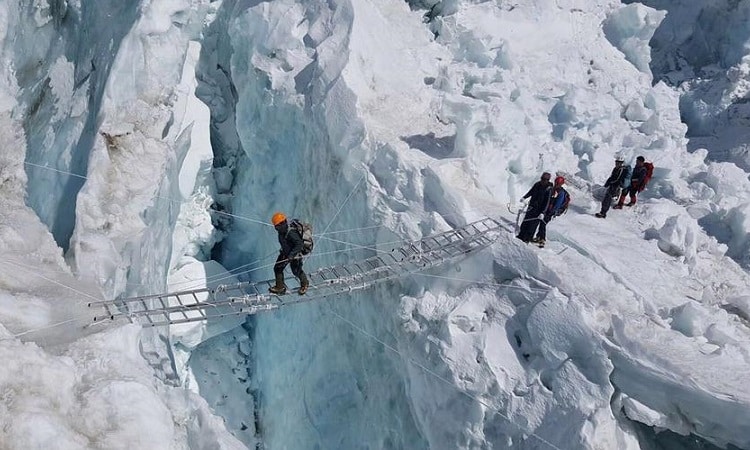
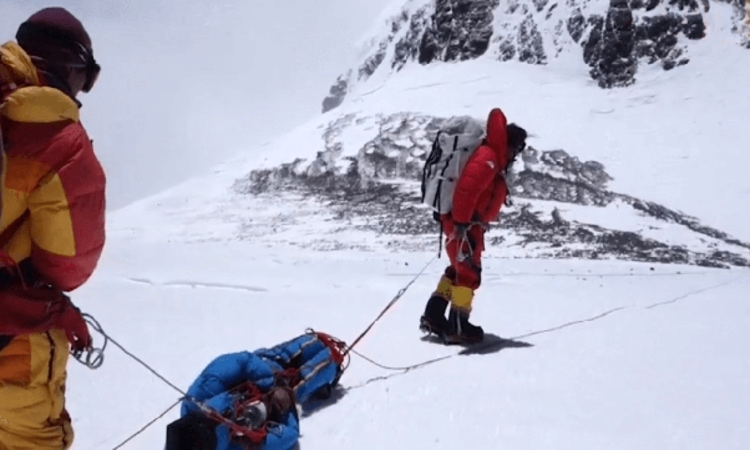
These facts are enough to scare the climbers of the dangers they will come across the summit. Despite the risks, and the bodies they will encounter, thousands of people flock to Everest every year to attempt one of the most impressive feats known to man today.
In 1953 when Sir Edmund Hillary and Tenzing Norgay summited it for the first time, it was considered a spirited and noble human endeavor. Nowadays everyone can buy this kind of experience with a huge amount of money.
“I learned two basic lessons on Everest. First, just because something has worked in the past does not mean it will work today. Second, different challenges require different mindsets”- Lewis Gordon Pugh
So, go ahead and book Train Ticket as well as airplane tickets right from the Trainman app. Download Trainman App, to check PNR Status of your ticket, Running Status of your train, seat availability of any train and much more.

